Different Types Of Mulch: Which One Is Right For You
Title: Different Types of Mulch: Which One Is Right for You?
Introduction:
Mulch is a layer of organic or inorganic material that is spread around plants to improve the health and appearance of your garden. It can help to retain moisture, suppress weeds, and prevent soil erosion. There are many different types of mulch available, each with its own unique benefits.
In this blog post, we will discuss the different types of mulch and help you decide which one is right for your garden. We will also provide tips on how to apply mulch properly and maintain it over time.
Main Content:
- Organic mulches are made from plant materials, such as wood chips, bark, leaves, and straw. They decompose over time, adding nutrients to the soil and improving drainage. Organic mulches also help to suppress weeds and attract beneficial insects.
- Wood chips are a popular type of organic mulch. They come in a variety of colors and textures, and they can be used in a variety of settings. Wood chips are a good choice for around trees and shrubs, as they help to prevent soil compaction.
- Bark mulch is another popular type of organic mulch. It is made from the bark of trees, such as pine or cedar. Bark mulch is a good choice for around flower beds and vegetable gardens, as it helps to retain moisture and suppress weeds.
- Leaves are a free and natural type of organic mulch. They can be used in any garden setting, but they are especially beneficial in areas with clay soil. Leaves help to improve drainage and aerate the soil.
- Straw is a lightweight and airy type of organic mulch. It is a good choice for around delicate plants, as it helps to protect them from the wind and sun. Straw is also a good choice for vegetable gardens, as it helps to suppress weeds and retain moisture.
- Inorganic mulches are made from materials such as rock, gravel, and plastic. They do not decompose, so they do not add nutrients to the soil. However, inorganic mulches can be effective at suppressing weeds and preventing soil erosion.
- Rock is a long-lasting and durable type of inorganic mulch. It is a good choice for areas that are prone to erosion, such as slopes and around trees. Rock can also be used to create a more formal or contemporary look in your garden.
- Gravel is a more decorative type of inorganic mulch than rock. It comes in a variety of colors and sizes, so you can choose the perfect look for your garden. Gravel is a good choice for around flower beds and walkways.
- Plastic mulch is a lightweight and easy-to-install type of inorganic mulch. It is a good choice for vegetable gardens, as it helps to retain moisture and suppress weeds. However, plastic mulch can be harmful to the environment if it is not disposed of properly.
Conclusion:
The best type of mulch for your garden will depend on your individual needs and preferences. If you are looking for a mulch that will improve the health of your soil and attract beneficial insects, then an organic mulch is a good choice. If you are looking for a mulch that will suppress weeds and prevent soil erosion, then an inorganic mulch is a good choice.
No matter which type of mulch you choose, be sure to apply it properly. Mulch should be spread evenly around plants, with a depth of about 2-3 inches. It is also important to keep mulch moist, as this will help it to decompose and release nutrients into the soil.
By following these tips, you can choose the right type of mulch for your garden and help to keep your plants healthy and thriving.
To learn more about the different types of mulch and which one is right for your garden, visit Home Gardening.
FAQ of different types of mulch
- What are the different types of mulch?
There are many different types of mulch available, each with its own unique properties and benefits. Some of the most common types of mulch include:
* Wood chips: Wood chips are a popular choice for mulch because they are relatively inexpensive and easy to find. They also help to retain moisture in the soil, suppress weeds, and improve drainage.
* Bark mulch: Bark mulch is another popular choice for mulch. It is made from shredded bark and has a similar appearance to wood chips. Bark mulch also helps to retain moisture in the soil, suppress weeds, and improve drainage.
* Pine needles: Pine needles are a good choice for mulch in areas with acidic soil. They help to acidify the soil and provide a natural barrier against pests and diseases.
* Cocoa bean mulch: Cocoa bean mulch is a unique and attractive type of mulch. It is made from ground cocoa beans and has a rich, chocolatey aroma. Cocoa bean mulch helps to retain moisture in the soil and suppress weeds.
* Straw: Straw is a good choice for mulch in vegetable gardens. It helps to suppress weeds and prevent soil erosion.
* Rock mulch: Rock mulch is a durable and long-lasting type of mulch. It is not as effective at retaining moisture as other types of mulch, but it does help to suppress weeds and improve the appearance of your landscape.
- What are the benefits of using mulch?
Mulch has many benefits for your plants and your landscape, including:
* Helps to retain moisture in the soil, which can help to reduce watering requirements.
* Suppresses weeds by blocking sunlight and creating a barrier that is difficult for weeds to penetrate.
* Improves drainage by aerating the soil and allowing water to flow more freely.
* Protects the soil from erosion, which can help to prevent nutrient loss.
* Improves the appearance of your landscape by adding color and texture.
* Provides a habitat for beneficial insects and earthworms.
- How much mulch should I use?
The amount of mulch you need will vary depending on the size of the area you are mulching. A general rule of thumb is to apply 2-3 inches of mulch around plants. If you are using rock mulch, you may need to apply a thicker layer to suppress weeds.
- How often should I reapply mulch?
You will need to reapply mulch as needed, depending on the type of mulch you use and the amount of foot traffic in the area. Wood chips and bark mulch will need to be reapplied more often than other types of mulch, such as pine needles or cocoa bean mulch.
- What are some safety tips for using mulch?
When using mulch, it is important to take some safety precautions, such as:
* Avoid using mulch that has been treated with chemicals.
* Wear long sleeves and pants when working with mulch.
* Be aware of the potential for allergies, especially if you are using pine needles or cocoa bean mulch.
* Keep mulch away from children and pets.
Image of different types of mulch
10 different images of different types of mulch that are free to use:
- Wood chips are a common and versatile type of mulch. They can be made from a variety of wood types, including pine, oak, and cedar. Wood chips help to retain moisture in the soil, suppress weeds, and improve drainage.
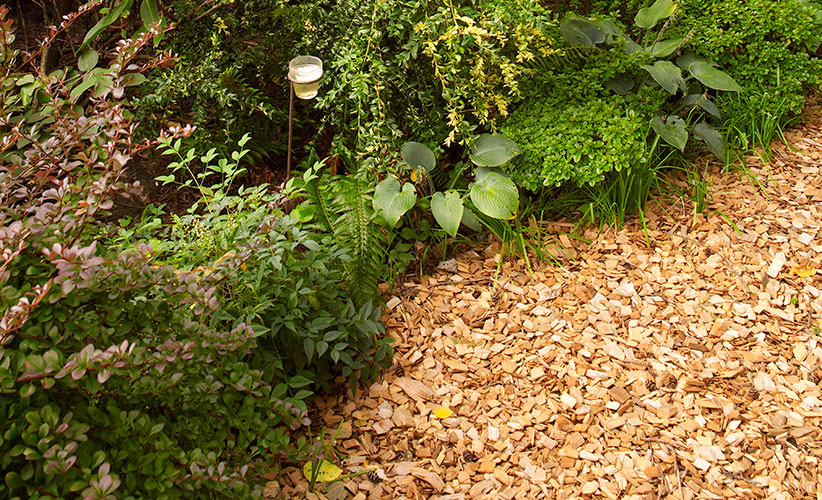
- Shredded bark is another popular type of mulch. It is made from the bark of trees, such as pine or cedar. Shredded bark is similar to wood chips in its benefits, but it is often a bit more expensive.
- Pea gravel is a type of inorganic mulch that is made from small, smooth stones. Pea gravel is often used in decorative applications, such as around flower beds or walkways. It helps to suppress weeds and improve drainage, but it does not retain moisture as well as organic mulches.
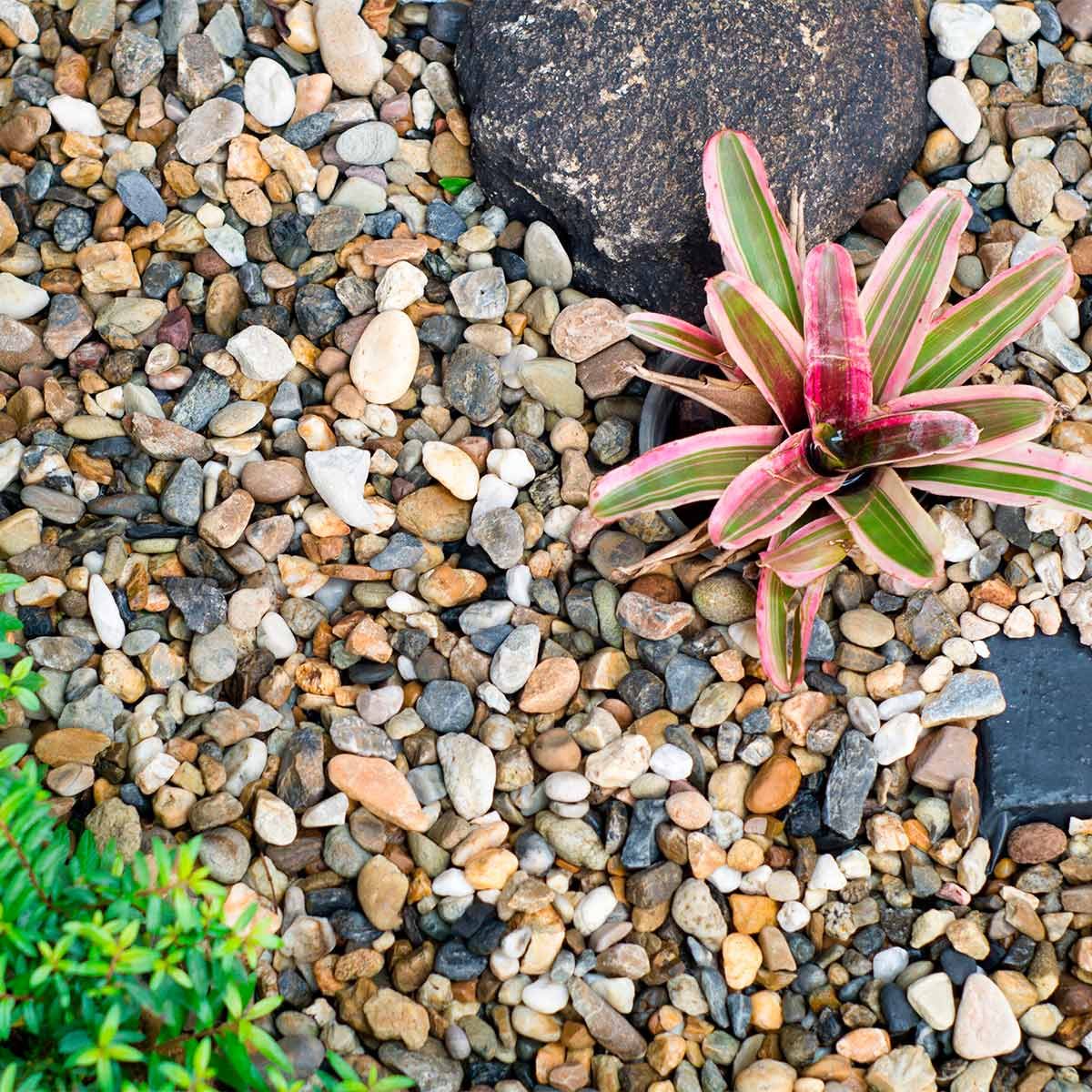
- Coir is a natural fiber that is made from coconut husks. Coir mulch is a good choice for gardens that are located in warm climates, as it helps to retain moisture and suppress weeds. It is also biodegradable and sustainable.
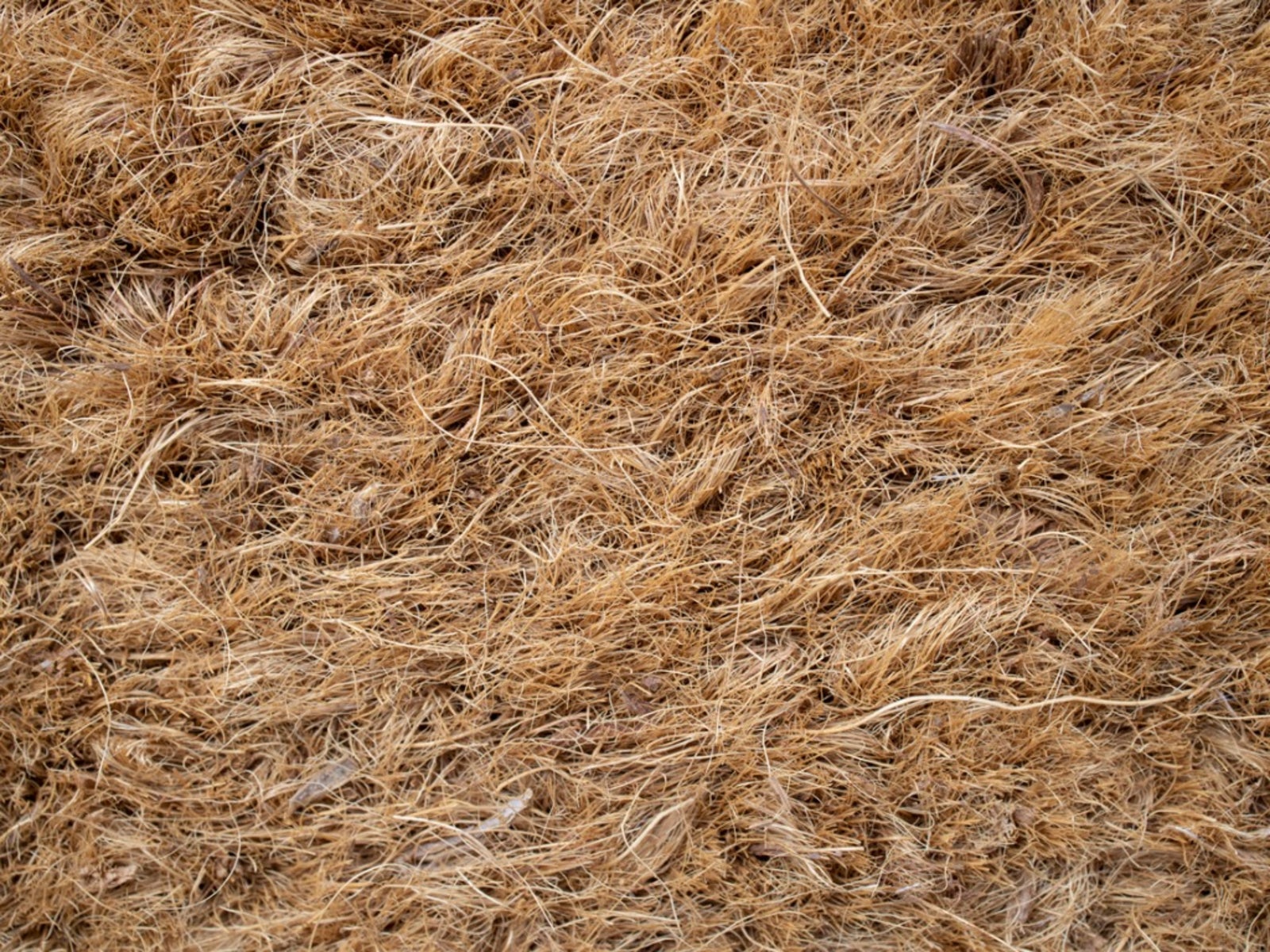
- Leaf mold is a type of organic mulch that is made from decaying leaves. Leaf mold is a slow-release fertilizer that helps to improve the soil structure. It is also a good choice for suppressing weeds.

- Straw is a type of organic mulch that is made from wheat or oat straw. Straw is a good choice for suppressing weeds and improving drainage. It is also a good insulator, which can help to protect plants from frost damage.
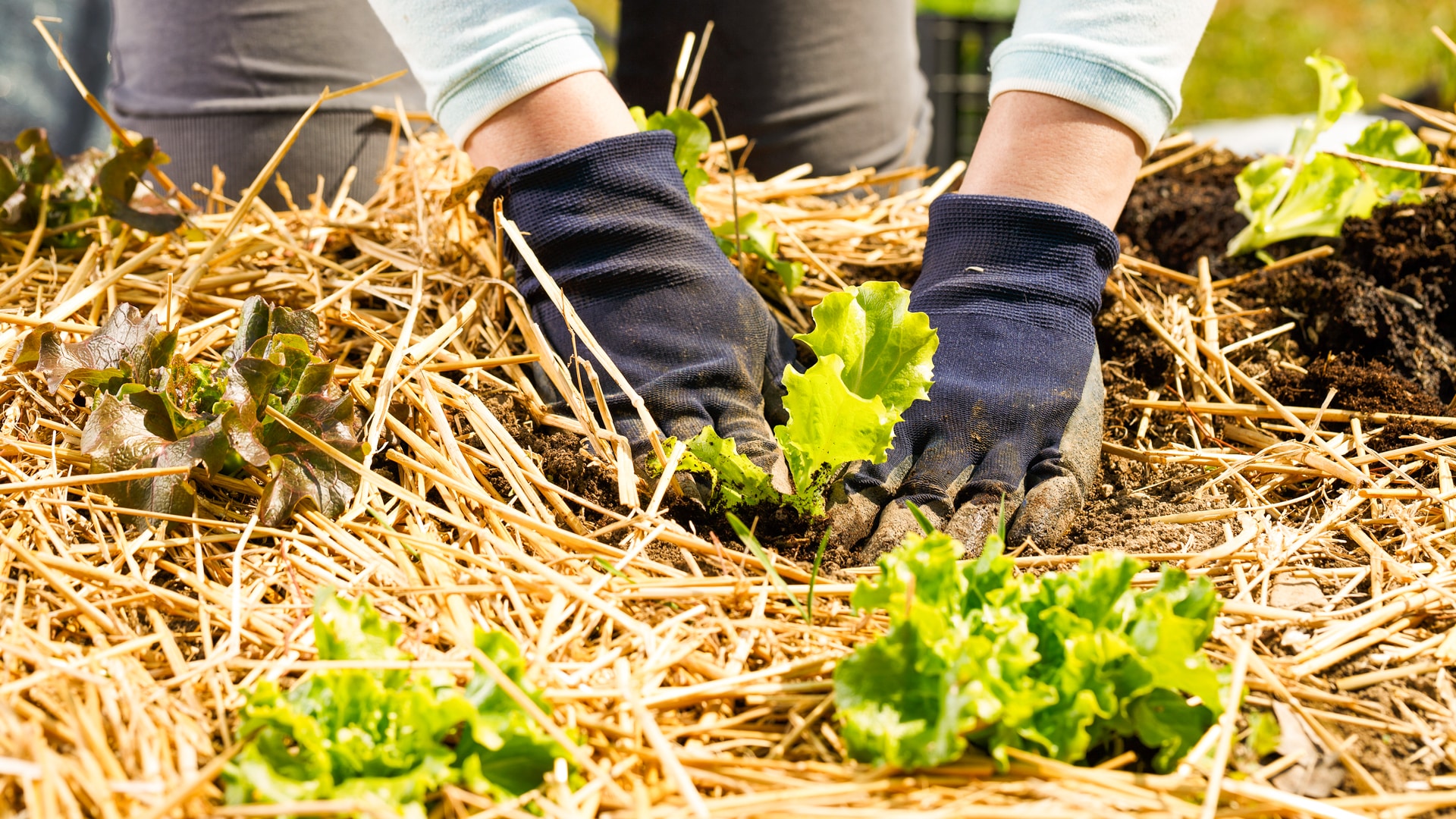
- Decorative rocks are a type of inorganic mulch that can be used to add visual interest to a garden. Decorative rocks can be made from a variety of materials, such as marble, granite, or river rocks. They help to suppress weeds and improve drainage, but they do not retain moisture as well as organic mulches.

- Paper mulch is a type of organic mulch that is made from recycled paper. Paper mulch is a good choice for gardens that are located in warm climates, as it helps to retain moisture and suppress weeds. It is also biodegradable and sustainable.
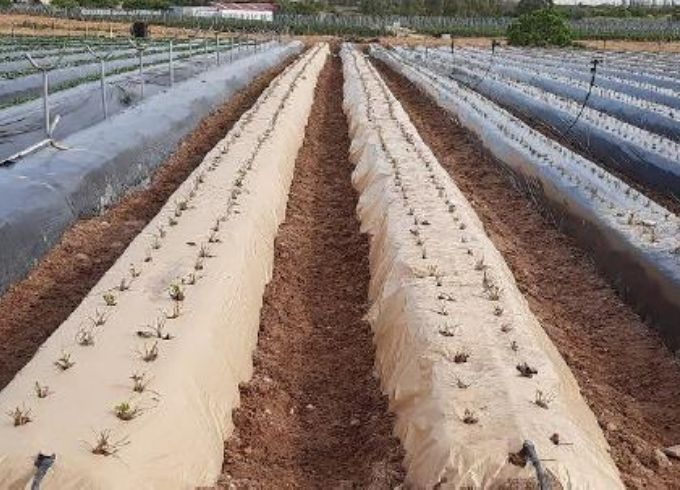
- EPDM rubber mulch is a type of synthetic mulch that is made from recycled tires. EPDM rubber mulch is a good choice for gardens that are located in high-traffic areas, as it is durable and can withstand foot traffic. It is also resistant to pests and diseases.
- Geotextile fabric is a type of synthetic fabric that is used to suppress weeds. Geotextile fabric is not a mulch itself, but it can be used under other types of mulch to help to prevent weeds from growing through.


Post a Comment for " Different Types Of Mulch: Which One Is Right For You"